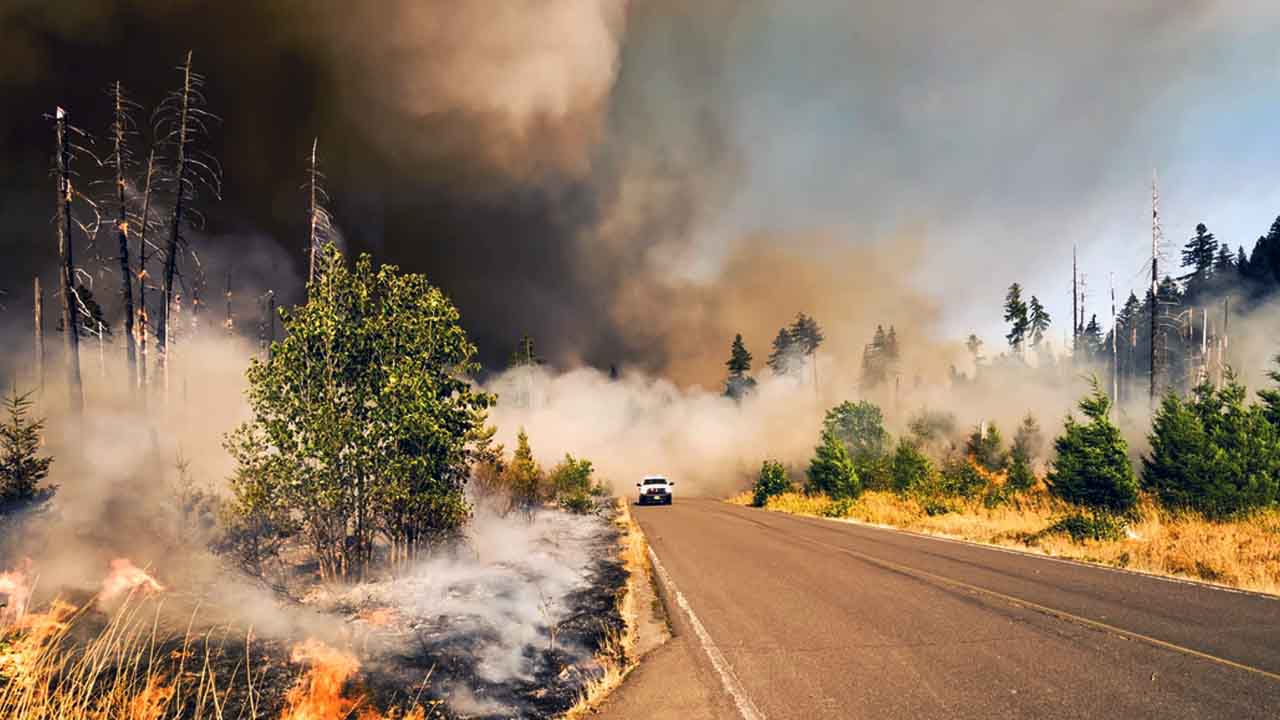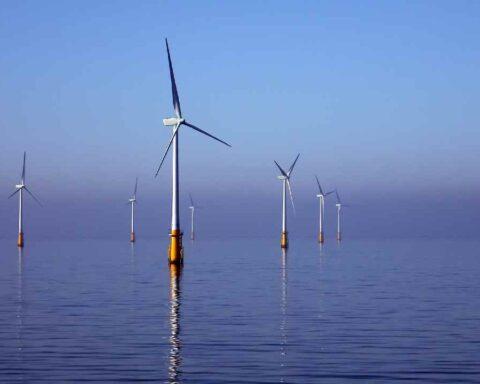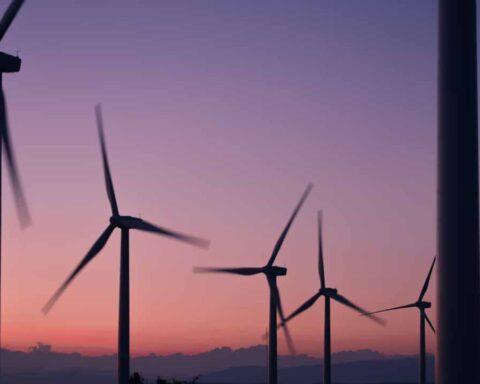The European Union’s Copernicus Climate Change Service has released its annual findings that the year 2021 was the seventh warmest year ever globally. Europe experienced scorching heat this year. During this time, tremendous heat waves were felt in the Mediterranean regions and floods wreaked havoc in Central Europe. The concentration of carbon dioxide and methane continued to increase significantly during this period.
The European Center for Medium-Range Weather Forecasts (ECMWF) has implemented the Copernicus Climate Change Service (C3S) with EU funding from the European Commission. The latest data released by C3S shows that the last 7 years were the hottest 7 years globally, and the temperature difference between them is also very clear. Globally, 2021 has been relatively cold in these seven years. Apart from this, 2015 and 2018 were also somewhat cold. Meanwhile, Europe experienced the hottest summer ever. It was very close to the years 2010 and 2018, which were the last warmest years. C3S, in collaboration with the Copernicus Atmosphere Monitoring Service, also reported that preliminary analysis of satellite measurements showed that the concentration of atmospheric greenhouse gases continued to increase during 2021.
During this period, the annual global column average of carbon dioxide levels was around 414 ppm, while the annual record for methane (CH4) was about 1876 ppb. Globally, a total of 1850 megatons of carbon was produced by forest fires. Especially the fires in the forests of Siberia caused a huge amount of carbon emissions. This was slightly higher than last year (1750 megatons of carbon emissions). However, it has been on a declining trend since 2003.
Global Surface Air Temperature
Globally, the year 2021 was the fifth warmest year, but it was only slightly warmer than 2015 and 2018.
The annual mean temperature was 0.3°C higher than the temperature recorded during the reference period 1991-2020. Also, it was 1.1-1.2 °C above the pre-industrial level of 1850-1900.
The last 7 years were the hottest 7 years ever on a global scale and the temperature difference between them was also very clear.
Globally, the temperatures recorded during the first five months of the year were slightly lower than in the recent very warm years. However, the annual temperature levels from June to October remained consistently at the level of at least the fourth warmest months. The recorded temperature during the last 30 years (1991 to 2020) was around 0.9 degrees Celsius above the pre-industrial level. Regions with the highest mean temperatures over this latest 30-year reference period include the region from the west coast of the US and Canada to northeastern Canada and Greenland. Apart from this, large parts of Central and North Africa and the Middle East are also included in this. The lowest average temperatures were found in western and eastern Siberia, Alaska, the central and eastern Pacific. In addition, the La Nia conditions were observed at the beginning and end of the year, as well as over most of Australia and parts of Antarctica.
CO2 and CH4 condensation continued to rise in 2021
Preliminary analysis of satellite data has shown that the continuous rise in carbon dioxide levels continued in 2021, due to which the annual global column average (XCO2) was recorded at 414.3 ppm. The highest concentration levels were recorded in April 2021 when the global monthly mean level of XCO reached 416.1 ppm. The estimated global annual mean growth rate of XCO2 for the year 2021 was 2.4 +_ 0.4 ppm per annum. This is also close to the average growth rate of 2.4 ppm per annum seen since 2010. But it remained below the high growth rate of 3.0 ppm per annum measured in 2015 and 2.9 ppm per annum in 2016. Both of these were related to strong El Nino climate change.
According to a preliminary analysis of satellite data, atmospheric methane concentration also continued to increase in 2021, reaching the level of maximum unexpected global column average (XCH4) of about 1876 ppb. XCH4 had an estimated annual mean growth rate of 16.3 +_3.3 ppb/year. This is slightly higher than the growth rate of 2020 (14.6 +_ 3.1 ppb/yr) in the same year. Both these rates are much higher than the satellite data collected during the last two decades. However, it is not yet fully understood why this is so. Identifying where this rise originated is challenging because there are many sources of methane. These include some anthropogenic activities (such as over-exploitation of oil and gas), as well as some natural or semi-natural causes (wetlands).
Mauro Facini, head of the Earth Observations Department of the European Commission’s Directorate-General for Defense Industry and Space, said, “Europe’s commitment to the Paris Agreement can only materialise if there is an effective analysis of climate information. The Copernicus Climate Change Service provides essential global resources about our climate through operational high-quality information that is critical to both climate mitigation and adaptation policies. The analysis for the year 2021 shows us that globally the last 7 years have been the hottest 7 years ever. It reminds us that global warming is continuing to rise and we need to act quickly to stop it.”
Carlo Buontempo, director of the Copernicus Climate Change Service said, “The year 2021 was another year of extreme temperatures with the worst summer in Europe. Warmer temperatures in the Mediterranean region and an unexpected increase in temperature in North America. The last 7 years have been the hottest 7 years on record. These events are a shocking reminder to us that we need to change our ways, take decisive and effective steps towards building a sustainable society and work to reduce net carbon emissions.”
Vincent Henri Piuch, director of the Copernicus Atmosphere Monitoring Service, said: “The concentration of carbon dioxide and methane continues to increase year after year and is showing no signs of declining. These greenhouse gases are the main factors of climate change. This is why the new observation-based service, led by CAMS, will be an important tool in assessing the effectiveness of emissions mitigation measures to support the monitoring and validation of human-caused CO and CH emissions estimates. Only with resolute efforts backed by observational evidence can we make a real difference in our fight against climate catastrophe.
C3S will present a detailed review of the various climate-related events in Europe in 2021 in its annual publication European State of the Climate. It will be published in April 2022.





























